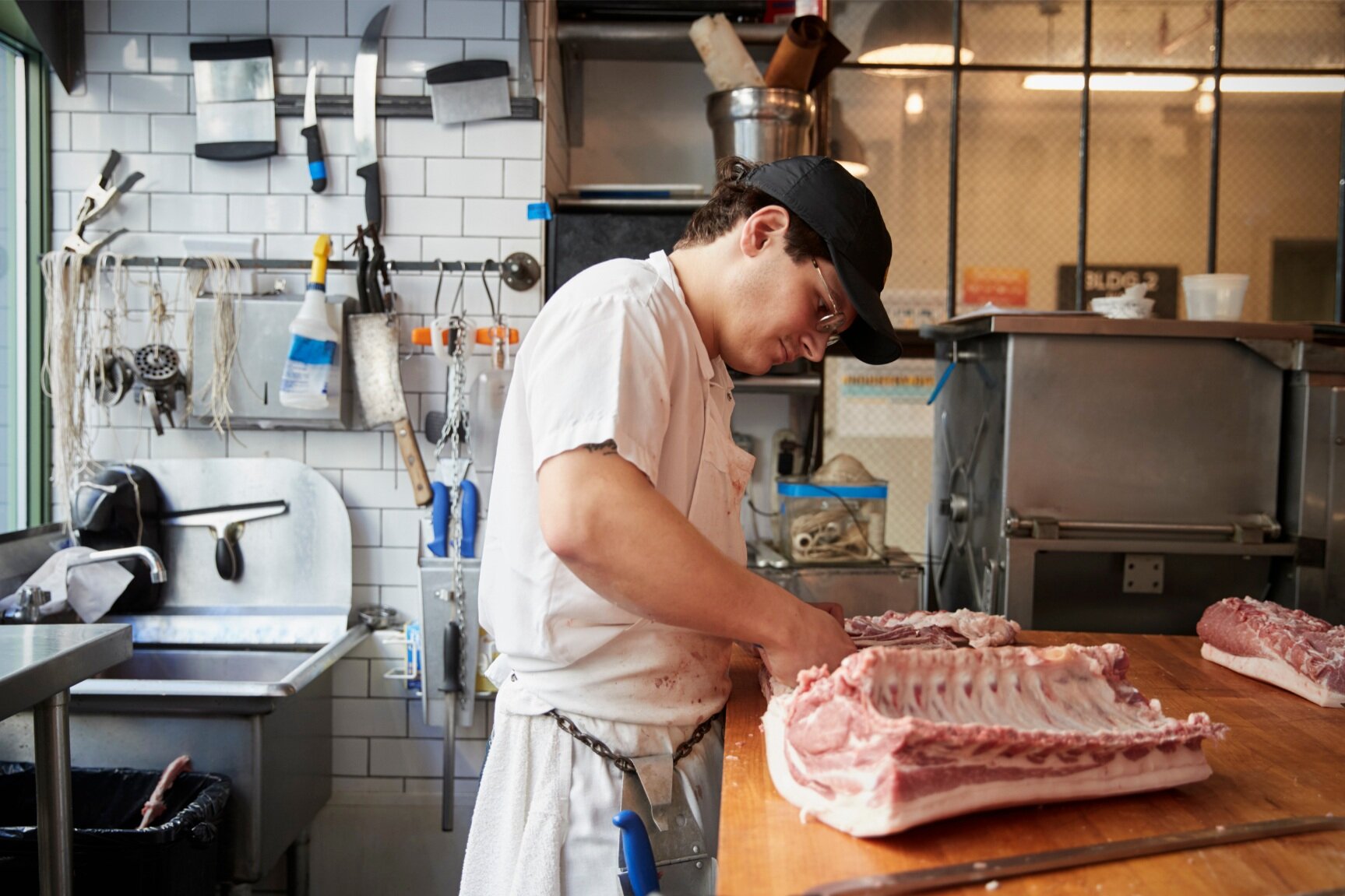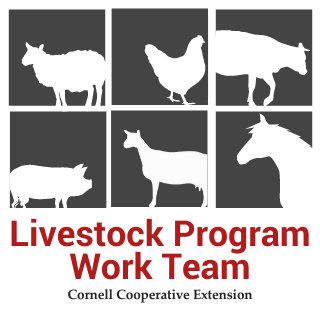CCE Livestock Program Workteam
News, Updates & Recent Publications
My Feed Dust is Moving!? Grain Mites and How to Manage Them
Every summer, I get calls from folks wondering why there are nearly microscopic bugs covering the walls and floors of their feed storage areas and their feed buckets. Looking for a cause, many easily trace it back to their bags of grain. The dust on the exterior of the affected bags appears as if it's moving in a gentle breeze, and there may be a thick layer of dust coating the inside of the feed bags. On closer inspection, it's apparent that the dust is actually hundreds of thousands of nearly microscopic grey-brown looking mites. These are grain mites.
Did the Breeding Take? Pregnancy Verification Options for Your Momma Cows
Breeding is an important time of year for beef producers in that its success will determine the number of calves on the ground the following season. Many beef enterprises run on thin margins, and a cow that's not producing a calf is not pulling her weight.
So, What Adds Value to a Beef Calf?
With the costs of doing business going up, farms that raise beef calves need to take steps to help increase the return on investment from their feeders. This can be achieved through pre-conditioning, or setting their animals up for success when moved to the feedlot. The move to the feedlot from a pasture-oriented home is a huge change, and while there will naturally be depressions in rate of gain, there are also chances for increased illness and death of animals that are not pre-conditioned. No one wants an animal to die while in their care - both from welfare and financial standpoints. While some market channels don't pay high premiums for pre-conditioning, others will because they understand the value added by the farmer from birth through the pre-weaning period.
Dealing with Lice on our Ruminant Species
There are a few parasites that producers will interact with over the course of keeping stock. One of those is the humble louse. Lice are small, about the size of a pinhead, and can be hard to spot unless either a.) you're looking for them or b.) they're in such large numbers that they are causing discomfort to the animal.

Meat Processing in a 20-C Kitchen
For farmers seeking to regain some control over butchering their animals, there is a middle option between being at the whim of slaughterhouse schedules and opening your own slaughterhouse.

Creative Slaughterhouse Workarounds
In this interactive discussion, we aim to help you regain some sense of control over how, when and where you get your livestock processed, and how you sell meat to customers.

How to Better Communicate with Your Meat Processor
This webinar covers how to effectively work with your local meat processor, communicate cut instructions, and understand the difference between USDA and custom cutting. View Recording


